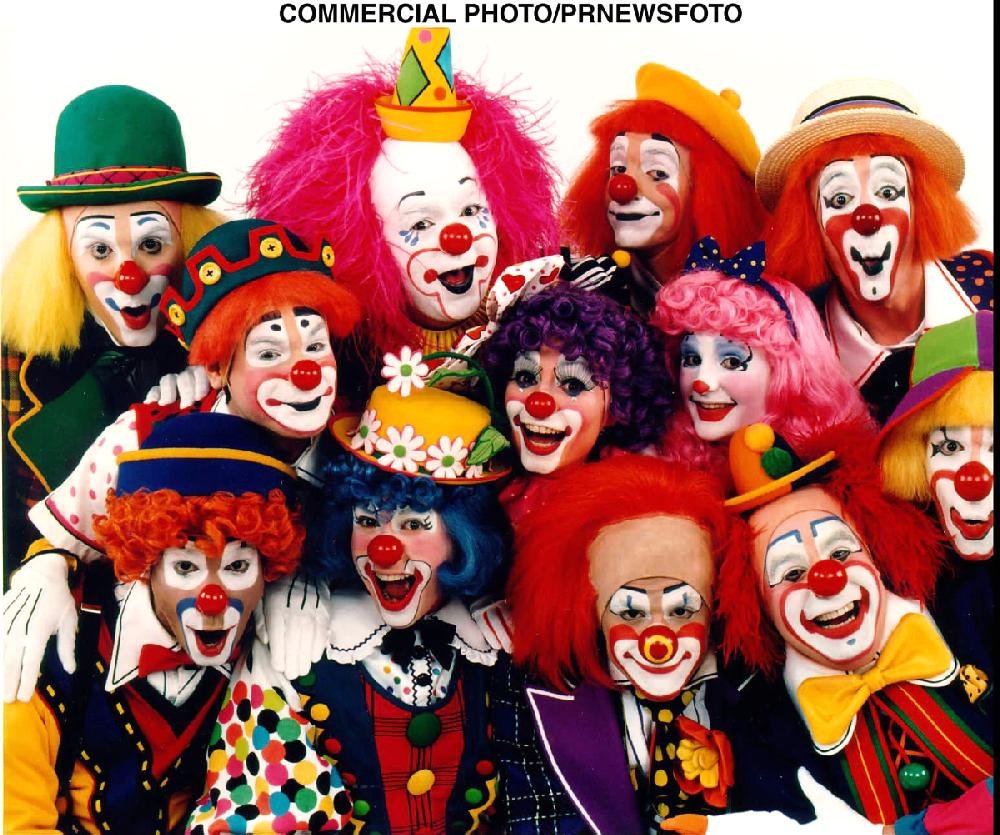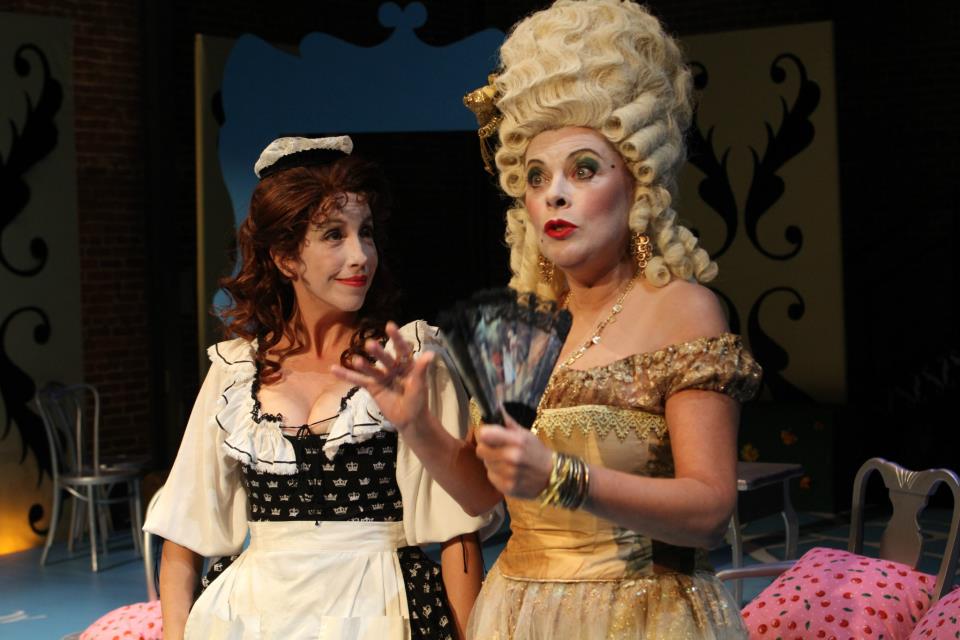Movement for Actors 119-152
Personal
Response:
First of
all I already feel myself agreeing with the reading. I feel that it is very important for actors
to be taking movement classes and dance classes. Movement is just as much of an important tool
for an actor to sharpen as everything else.
I do not think people realize that the actor is an athlete as well. I think that it would be very useful to learn
period dance techniques. So many of the
plays that are redone and will continue to be performed are those famous period
plays; i.e. Shakespeare, Moliere, Lorca, etc.
One of the things I enjoyed the most was the fact that the Potter
mentioned that if the actors are uncomfortable the audience will be as
well. I like this because most audience
members feed off of what an actor gives and vice versa, and an actor should be
able to make that connection with the audience in order for them to have a great
experience. I like the dance exercises,
but I somewhat feel like I’m from a Jane Austin book. I also found it interesting that Potter said
to use Shakespeare. I think that for
beginning actors I do not see how they would be able to handle the language
personally, but it does allow the body to feel the words and authenticate some
gestures.
Professional
Response:
Potter
is an extremely knowledgeable theatre goer.
I would say that I agree with many of her points; particularly those
establishing the importance of teaching actors how to move and let the words roll
off their tongue. I hope that more and
more schools will put more attention in acting programs and expand to movement
and period styles.
Movement for Actors 27-35
Personal
Response:
Whenever
I used to think of the word still I imagined just watching the most slowly
paced, boring play in the world. Now
that I have been engaging in theatre and learning more about it I have realized
that still does not mean boring, and that it was the actors who just were not
living in the moment truthfully. I
cannot believe I didn’t know what a tableaux was…
Professional
Response:
I can
honestly say now that I enjoy silent moments. There are moments that appear on stage where
the characters are not moving or speaking can be even more fascinating than if
they were. There are numerous of
possibilities in displaying human emotion and communication with just a stance
or position. It forces actors to realize
there are more options out there just waiting for them to grasp at it.
The Rivals
Personal
Response:
I feel
like I have no idea what is going on. I
think I need to just make myself focus and reread the play. There are so many relationships going on in
this play. I think that it is
interesting that many period plays, such as this, have mainly to do with
numerous love triangles between people.
I guess it just goes to show that people never really change, although
time may.
Professional
Response:
Plays
such as The Rival would be more
understood through acting it out rather than reading it. The language of the play requires to be
spoken out loud. It helps tell the mood
and status of each character very well.
The Price is Right
Personal
Response:
The
funny thing about the “The Price is Right” is that I would have never thought
anything of the models being there to show off the new merchandise. It was only until I became aware of how those
women were being used where I noticed how ridiculous it was. Well after watching an episode from the 1971,
I believe, it was worse than I had remembered.
All of the girls were wearing the exact same outfit, and moved as if they
were made out of plastic.
Professional
Response:
I find
it interesting that the models being used for this TV show were put in a position
where they almost seemed to be included in the showcase. It makes me feel better to know that women
are free to not have to resort to just being someone to look at. As a society we are continuing to grow. In connection with the style of movement I can
see how it would directly correlate with our period scenes. The movement is very deliberate and yet
elegant.
Costume Ideas
Personal
Response:
My
costume ideas seem to be a little over the top.
The first thing that came to my mind was this ridiculous red navy-like
jacket with a long tail. Then I pictured
myself wearing gray tights with raised black boots. I carried a saber on my left hip and I had
the biggest puffy sleeves hanging out of the arms of my jacket. But then I also pictured a feather hat and a Shakespearean
turtleneck. I don’t know why, but
anything remotely renaissance-y, period piece automatically moves me to Elizabethan.
Professional
Response:
I think
that due to what I actually have access to my costume will be limited to what I
had thought of. I have decided that I am
going to wear tight black pants with them rolled to my knees, with the longest
socks that I have to go over my knees. This
is not really a replacement for tights, but it will have to do. I will wear a white-buttoned up shirt because
it will keep my neck in place and I will throw on a robe and tie for the jacket. I would just have to come up with shoes.
















